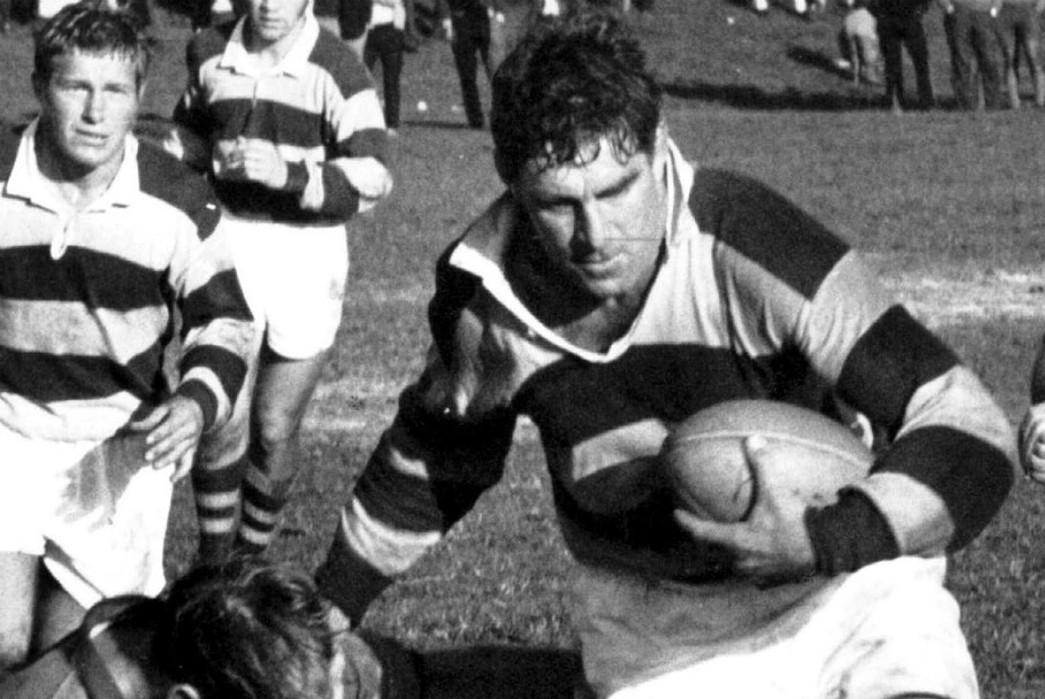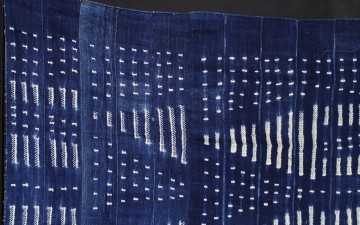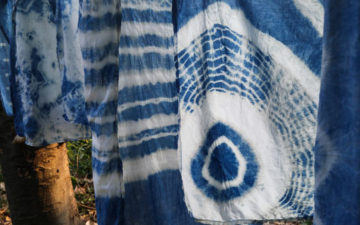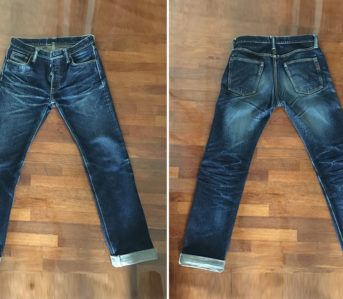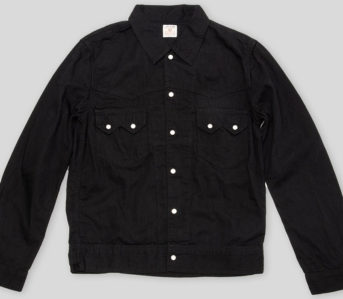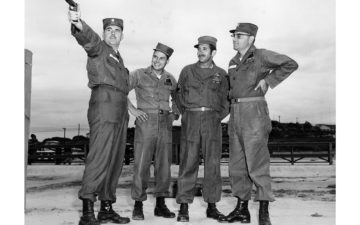Like most Americans, I don’t know a damn thing about rugby, but unlike most Americans, I’ve at least tried to learn. The sport takes place on a “pitch,” there’s something called a “scrum” and the players leave the game totally dashed to pieces. Luckily today’s article won’t focus on the minutiae of the violent sport, but rather on a nugget of sartorial goodness that emerged from the bloodshed.
The rugby shirt, the long-sleeved, collared shirt might look like a polo at first, but its origin is entirely different—fewer horses involved, certainly. So join us as we delve into the history of an underrepresented garment worn by players of a sport I don’t even a little bit understand.
In the Beginning
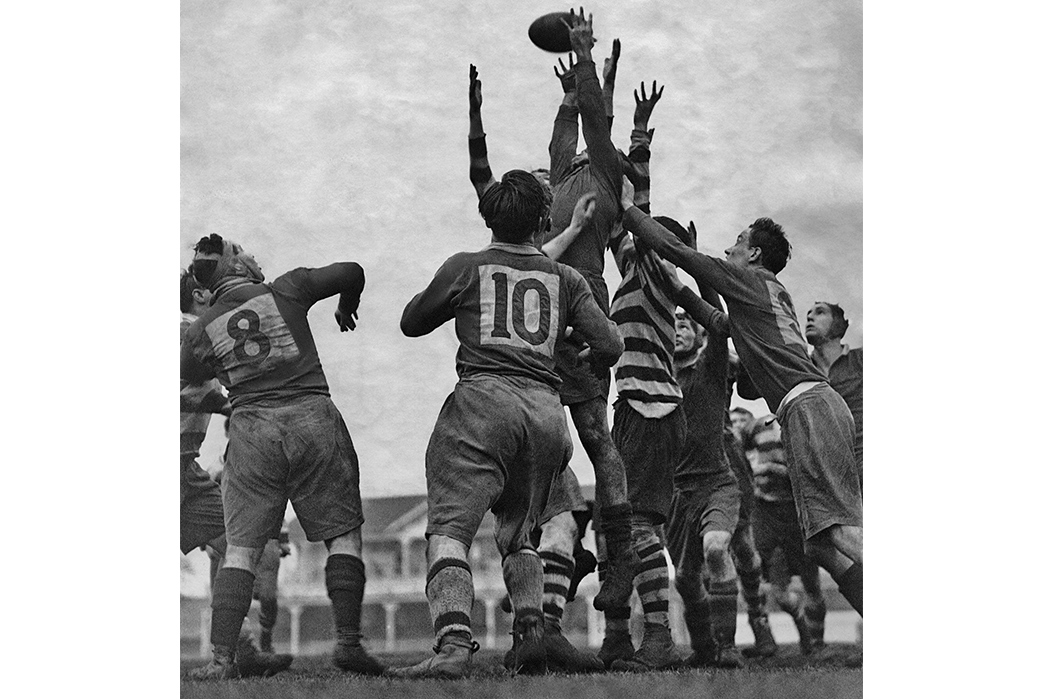
Rugby shirts at play. Image via Pinterest.
As with many sports origin stories, the creation of rugby is shrouded in myth, but the consensus seems to be that the sport began at the aptly-named Rugby School in England in the 1830s. The sport grew in popularity over the next twenty years and formally-organized clubs began popping up all over the U.K. Appropriately, it was the team at Rugby that was the first to wear a uniform into battle.
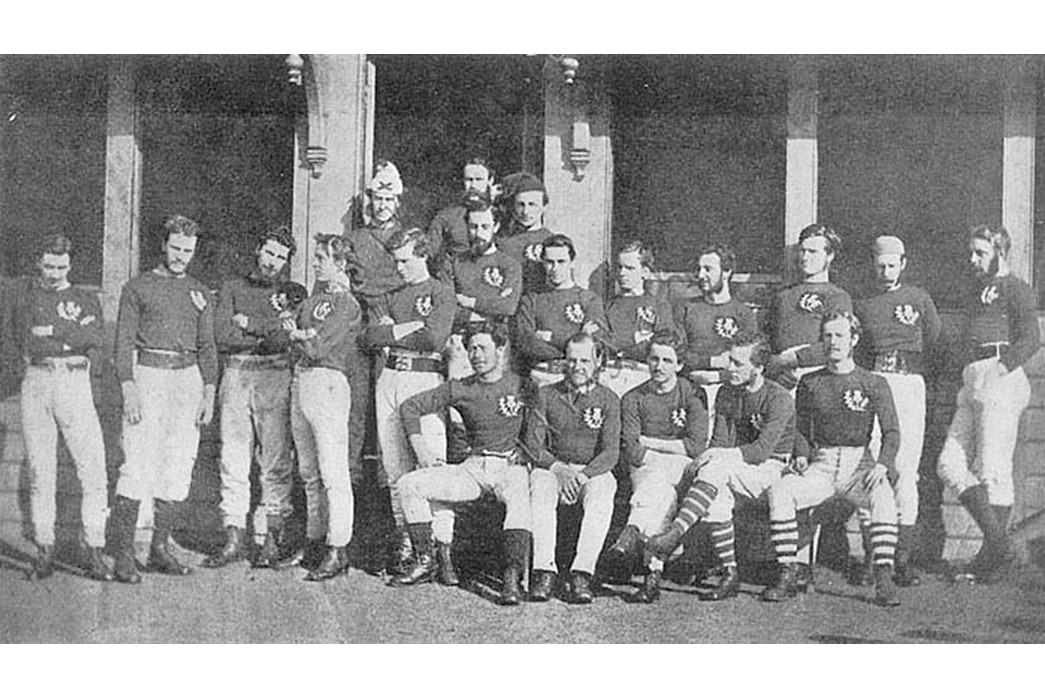
Scotland’s first rugby team pose in uniform in 1871. Image via web.archive.org
Early rugby uniforms were not unlike those worn above. Matching wool jumpers were paired with white trousers. Although wool was the de facto “tech” fabric of the era (even early swimsuits were made of wool), it quickly became apparent that the itchy, heavy, knit jumpers were less than ideal in a sporting context. Heavy-gauge cotton shirts worked far better on the pitch, and thus the modern rugby shirt was born.
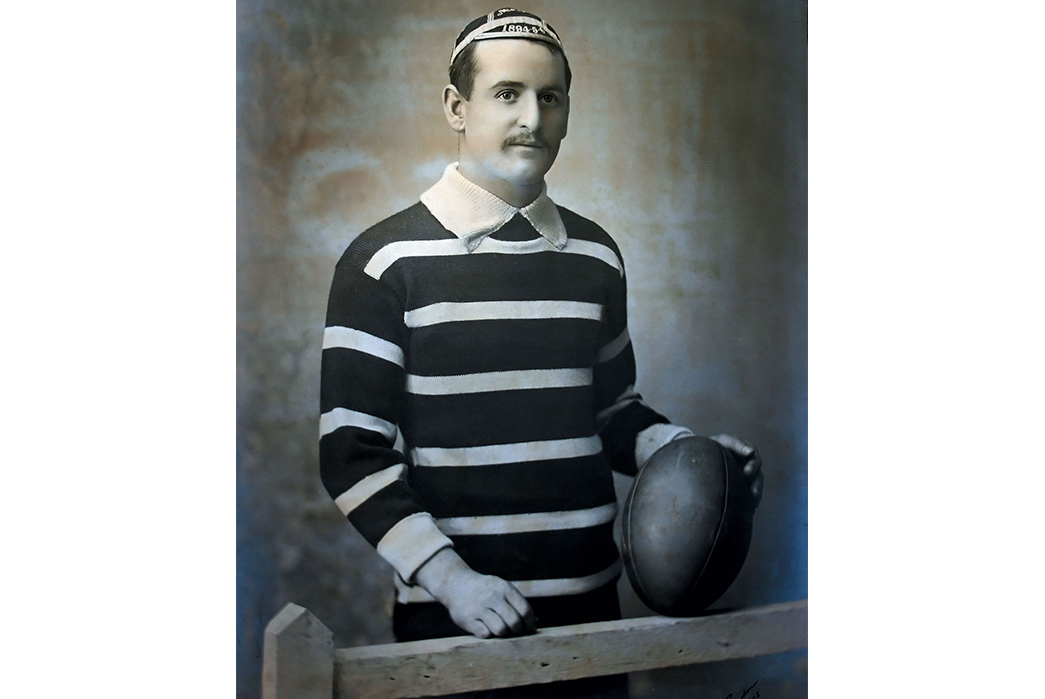
Rugby shirt. Image via Pinterest.
Long-sleeved, usually colorful or striped; rugby shirts were most popular with a contrasting collar. Unsurprisingly, cotton shirts breathed better, allowing players to clobber one another in comfort. The early gentlemanly uniforms adapted to a more athletic version of the sport. Small caps were worn less frequently and the long white trousers became shorts. In the late 1800s, some especially fancy rugby players had been reported wearing monocles on the pitch. But, by the mid-1900s, such an affectation would have been incomprehensible.
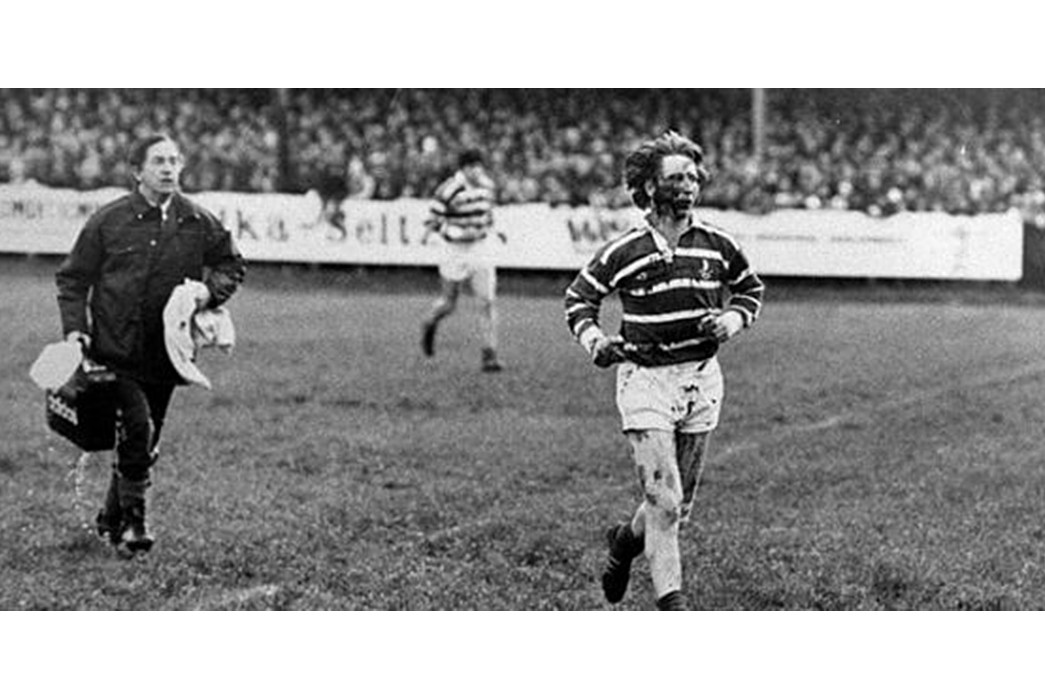
Bloodied player in a more modern uniform. Image via The Rugby Paper.
Don’t Call It a Polo
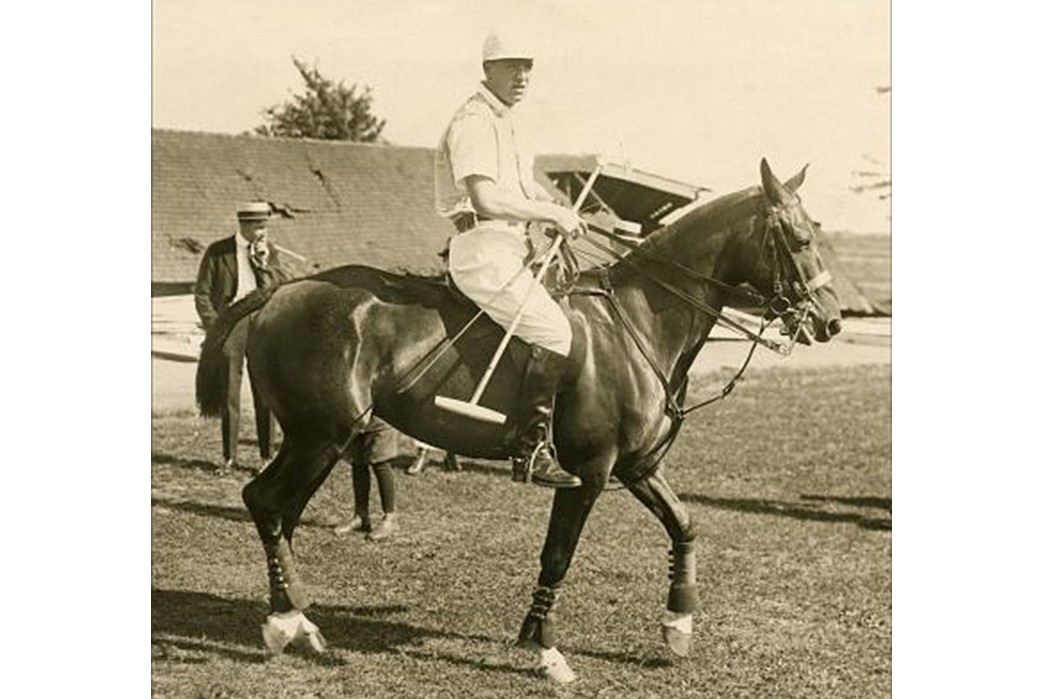
Polo player. Image via Polo Museum
The similarities between the rugby and polo shirt are immediately obvious. The knit cotton, the contrast collar, and the three buttons make the two shirts nearly doppelgängers. The fact of the matter is, true polo shirts no longer exist.
Polo shirts, as the name suggests, were made for playing polo. They featured several key details that are shared by rugby and modern polo shirts, but the original polo shirt featured a button-down collar. The buttons on your favorite dress shirt’s collar aren’t there to secure a tie, they date back to the original polo shirts that needed secure collars that wouldn’t flap up in a rider’s face as he played. It was Brooks Brothers that copied this detail, bringing it to their dressy oxford cloth shirts.
Long story short, a modern polo isn’t even a real polo shirt and though a lookalike, the rugby shirt has changed far less in its history and stayed truer to its source material.
Modern Rugby Shirts
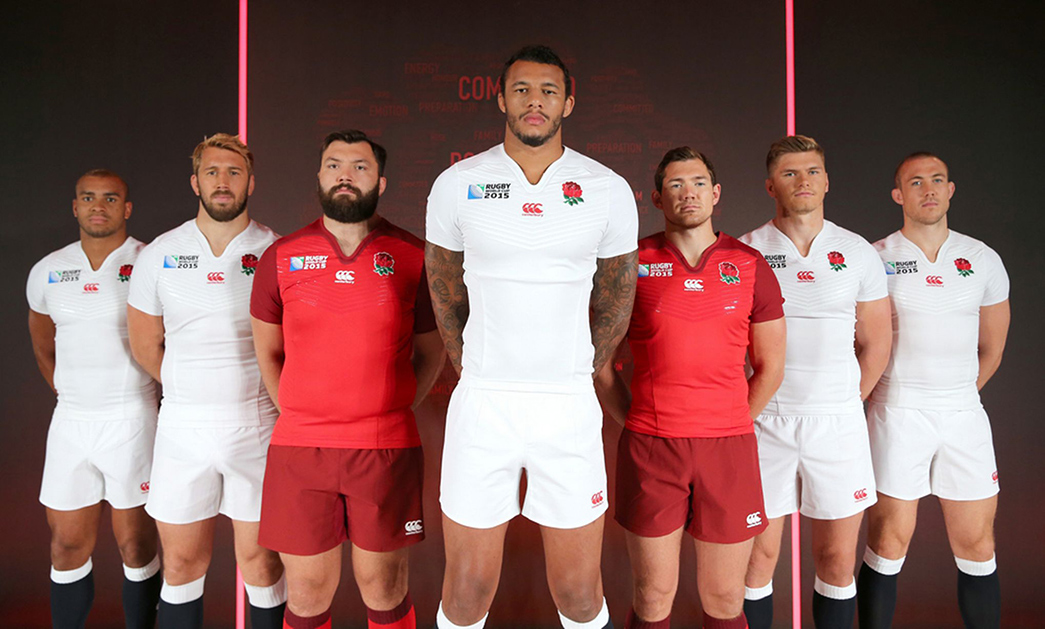
Modern rugby shirts. Image via Mirror.
The jump from wool to cotton wasn’t quite enough for the rugby shirt. While the majority of heritage brands that make them will sell the classic striped, collared iteration; modern rugby players dress quite differently.
Synthetic fibers meant that the shirts could fit tighter and closer to the body than ever before, making it more difficult for opponents to grab each other by their shirts. The new breathable fabrics are designed to be tear-resistant and better at sweat control than their predecessors. Thousands of hours of testing and development go into the newest generation of rugby shirts. Tiny rubber bubbles, invisible to the naked eye, on the chest and shoulders, make it easier to catch the ball to your chest, or grab onto a teammate’s shoulder.
Now all that lacks from the rugby shirt is the quirky, collared charm of the stripey classic versions.
Gimme One
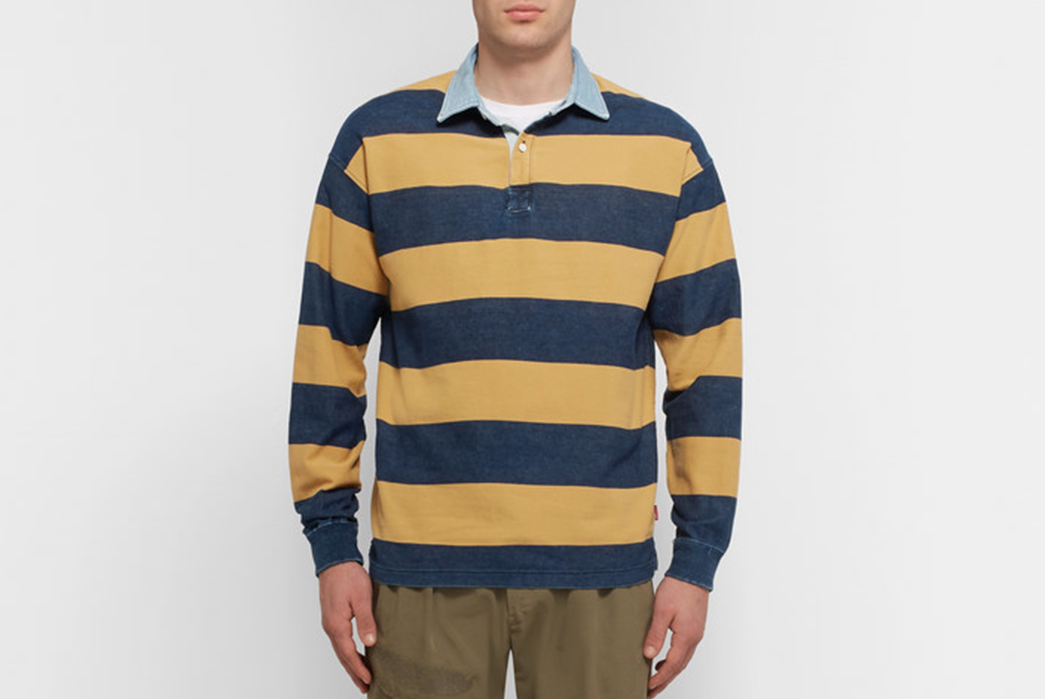
Beams Rugby Shirt. Image via Mr. Porter.
Luckily for you, many prep-centric brands recreate this classic piece of clothing. One such version is the above shirt from Beams, which goes so far as to contrast fabrics, not just colors at the collar. This particular shirt is available from Mr. Porter for $335.
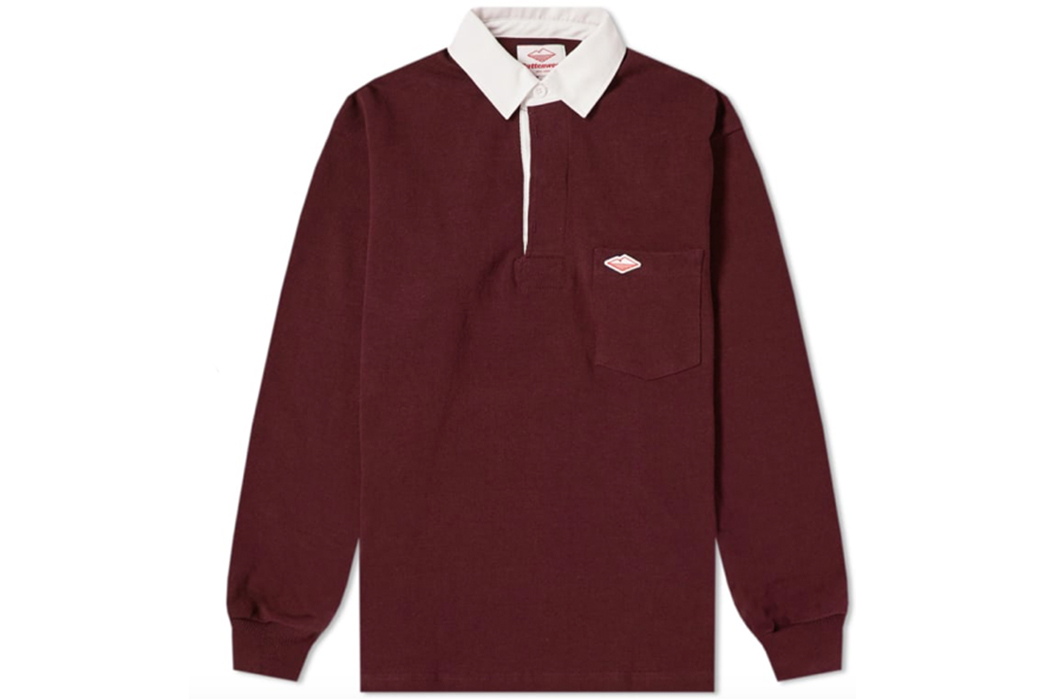
Battenwear’s interpretation. Image via End Clothing.
End Clothing carries Battenwear which makes minimal re-imaginings of the rugby shirt. The above maroon shirt can easily fly under the radar without making you seem too preppy, but they also offer some traditional striped versions for the purists. The above shirt, as well as its two other colorways, are each available for $219.
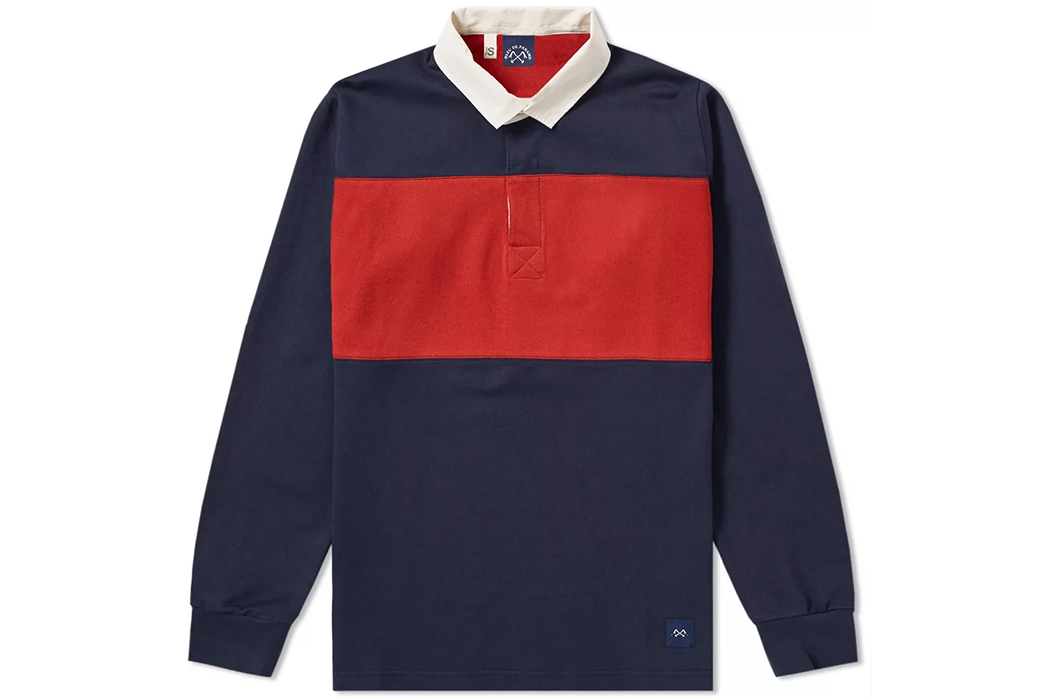
Another toned-down version of the classic rugby is available from Bleu de Paname. All their rugbies on End feature a single block stripe and a contrasting white collar. Less expensive at $135, even if you weren’t sure about them when you started the article, you might as well follow the link and get some old-timey sports vibes in your life.

